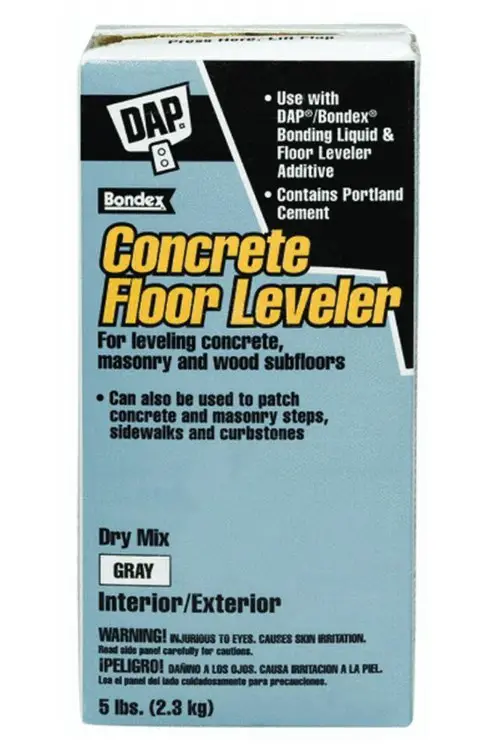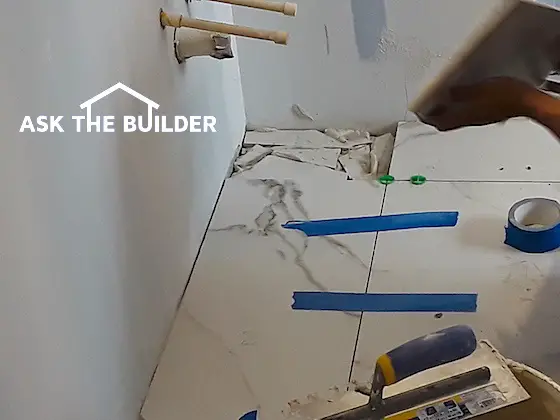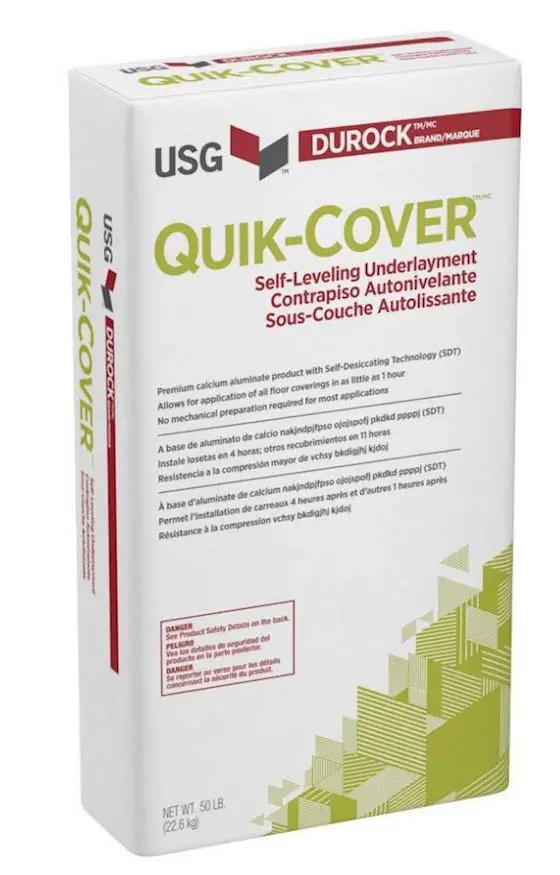Oxygen Bleach Cleaner - a Non-Toxic Alternative
Some people are sensitive to chlorine bleach or simply don't like its strong odor. They also are afraid of using it around any colored carpet, fabrics, etc. Just one drop that goes undetected can ruin a beautiful carpet, pair of pants or a shirt. There is a safer bleach - oxygen bleach!
Oxygen bleach can be used to kill and remove mildew. It doesn't work as fast as pure chlorine bleach, but it does work. It is non-toxic. When you mix the powdered oxygen bleach with water, it creates millions of oxygen ions, more water and soda ash. That is about as safe as you can get. The oxygen ion is the component that attacks the mildew.
Often ceramic tile grout becomes stained from hair dyes and other body care products. Oxygen bleach can soak into grout and remove many of these stains. The trick is to make a concentrated solution or even a paste and let it sit on the grout for hours or even overnight.
If you have mildewed camping gear, tarps, clothing, basically any fabric, oxygen bleach will remove the mildew without hurting the fabric. It is also virtually color safe as well. The only dyes that are harmed by oxygen bleach are natural dyes like blueberry, grape or coffee. The vast majority of fabrics are dyed with synthetic dyes that are not affected by oxygen bleach.
So, where can you find oxygen bleach? It is not readily available in stores. I discovered it several years ago, while doing research on - of all things - deck cleaners! It turns out that oxygen bleach is also the absolute best cleaner for wood decks.
Some powdered deck cleaners contain oxygen bleach. I happen to sell it as well! My oxygen bleach product is called Stain Solver. It is 100 percent pure oxygen bleach. There are no additives, fillers, extenders, etc. in my product.
You can order oxygen bleach by Clicking Here or call us at 513-407-8727.
| "WOW, that's all I can say! I purchased your product last week to clean the grout on my 800 sq. ft. of tile, and it looks as clean as the day we moved in eight years ago. I must admit, I was a little skeptical when I ordered the Stain Solver, but after having used it, I know I will always have some on hand and look forward to cleaning my wood deck this spring. This is by far one of the best products I have purchased in many, many years. Thanks Tim!" - Ed, Macomb, Michigan |
| Message from Tim:
Years ago while researching a column about cleaning decks, I discovered the wonders of Oxygen Bleach. It is perhaps the 'greenest' cleaner I know of as it uses oxygen ions to break apart stains, dirt and odor molecules. There are no harsh chemicals, and it works on just about anything that is water washable. I decided to create my own special blend using ingredients made in the USA. In fact, the raw materials in the active ingredient are food-grade quality registered with the FDA. I call my product Stain Solver. I urge you to use it to help clean your ceramic tile and grout. You will be amazed at the results! |
Companion Articles: Bathroom Mildew Removal, Ceramic Tile Cleaner Products, Removing Mildew from Grout
Column B284


